Bush’s Lace Engelmann Spruce (Picea Engelmannii) – 3 Gallon Pot
$179.97 Original price was: $179.97.$98.99Current price is: $98.99.
SKU: D2LSC 6814861462 Category: RARE PLANTS
- Shop with ease, buy with confidence.
- Safe and Secure Payments, Always
- Prompt service, every time.
- Fast, friendly, always here to help.

Bush’s Lace Engelmann Spruce
Picea engelmannii ‘Bush’s Lace‘
Plant Details
USDA Plant Hardiness Zones: 3a-7b Find Your Zone
Plant Type: Coniferous Evergreen Tree
Height at Maturity: 10-15′ at 10 years of age; 20 to 25 feet at maturity
Width at Maturity: 3′ at 10 years of age, 6′ wat maturity
Spacing: Best as a specimen or 2 to frame an entryway
Growth Habit / Form: Upright Narrow Weeping Pyramid
Growth Rate: Moderate to Fast; 12-18 inches per year
Foliage Color: Powder Blue
Fragrant Foliage: Yes
Sun Needs: Full Sun or Mostly Sun
Water Needs: Average, low when established
Soil Type: Clay (amend heavy clay to ensure good drainage), Loam, Sand, Silt
Soil Drainage: Moist to Damp But Well Drained
Soil pH: 6.0 – 7.5
Maintenance / Care: Very Low
Attracts: Visual Attention
Resistances: Cold (-40F), Deer, Disease, Drought (when established), Insect
Description
A stately presence in the landscape, the Bush’s Lace Engelmann Spruce makes for an elegant and highly ornamental specimen or accent plant for the refined landscape. It is a very vigorous selection adding up to 18 inches in height per year until it reaches around 25 feet tall at maturity. The soft-textured, powder blue foliage clothes branches that extend outward some before gracefully drooping downward. Native to the upper elevations of the Colorado Rocky Mountains, Bush’s Lace naturally stands up to the wind, snow and cold (-40F). An elegant vertical accent in conifer gardens, rocks gardens, landscape borders or to frame the corners of tall homes and other structures.
Landscape & Garden Uses
The Bush’s Lace Engelmann Spruce is ideal for use as an accent tree in rock or conifer gardens, to accentuate an entryway, in home foundation plantings, or anywhere you want an outstanding feature plant that draws the eye and grabs attention. A fine addition to conifer gardens, rock gardens, blue theme gardens, Sen gardens and Asian gardens.
Suggested Spacing: Best as a specimen
Growing Preferences
The Bush’s Lace Engelmann Spruce is easy to grow in a damp to moist but well-drained soil of average fertility and full to mostly sun. As with so many other conifers, constantly soggy or wet soils can be problematic; leading to root rot or other harmful plant diseases. So make sure to plant this one in well-drained soil, whether in the ground or in pots. Once established water needs are lower when growing in the ground. In pots, soil moisture will need to be monitored more closely, especially during summer. When the top two inches of soil is dry, provide water.
Note: Find helpful advice from our experts under the Planting & Care tab above on desktop monitors or below on mobile devices.
Plant Long & Prosper!
Meet The Wilson Brothers & Staff
Questions? Contact Us!
Be the first to review “Bush’s Lace Engelmann Spruce (Picea Engelmannii) – 3 Gallon Pot” Cancel reply
Related products
Sale!
Sale!
Sale!
Sale!
Sale!
RARE PLANTS
Sale!
Sale!
Sale!
RARE PLANTS


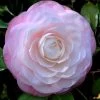

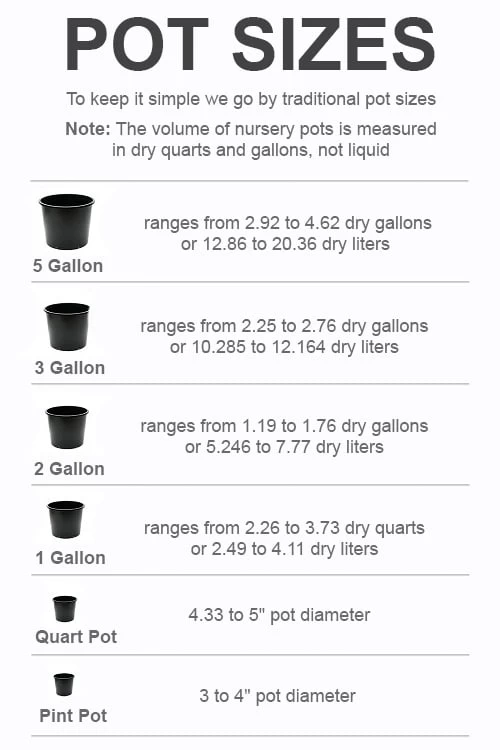


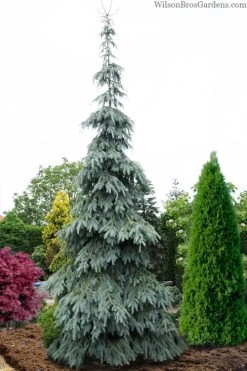
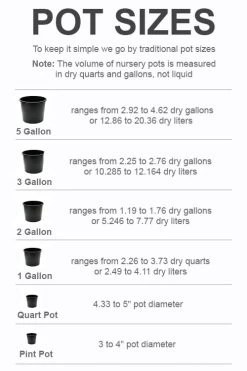

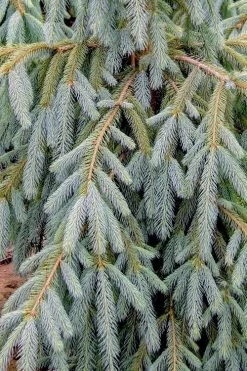
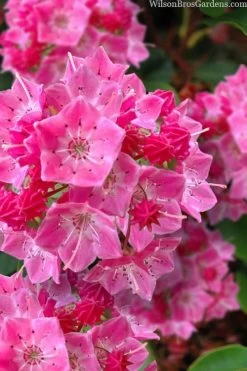
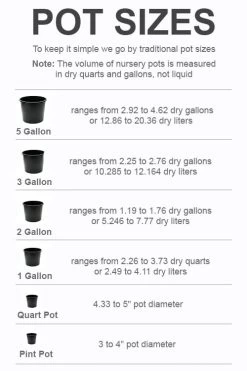

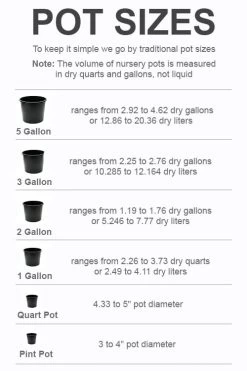
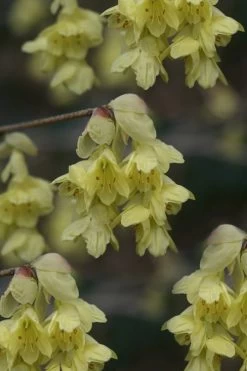
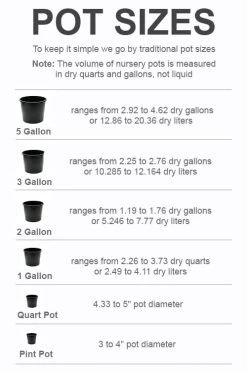
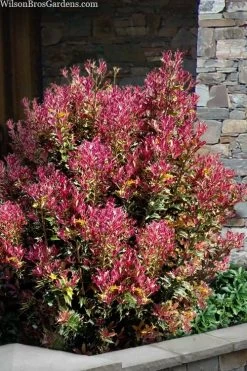
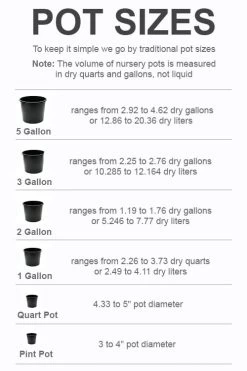

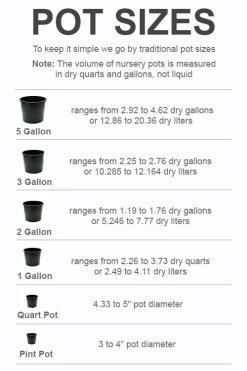

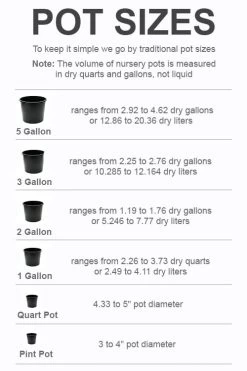



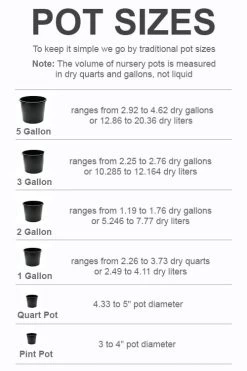
Reviews
There are no reviews yet.